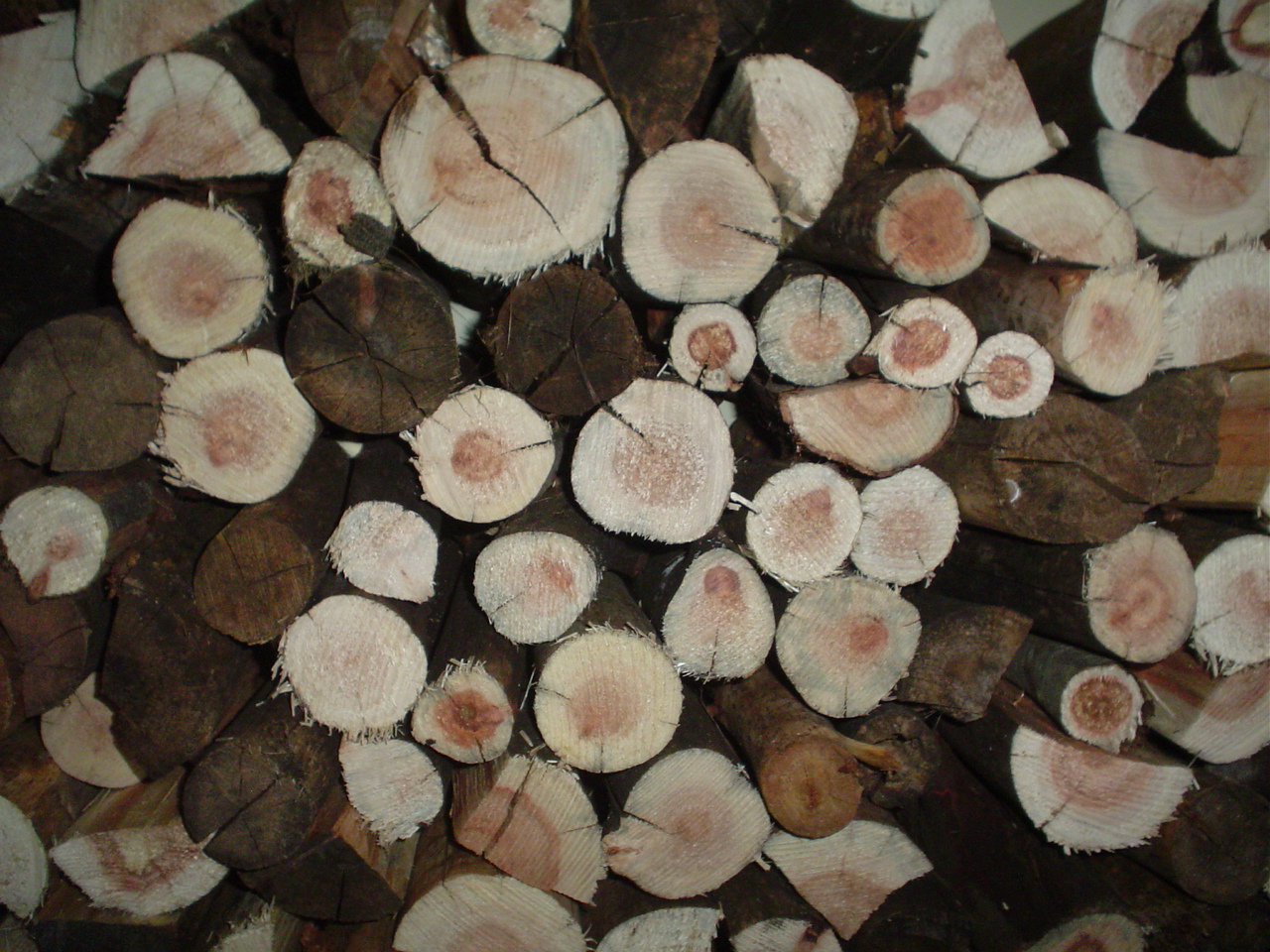Super Wood

A new treatment process could make wood stronger than steel.
In 1940 the de Havilland aircraft company introduced the Mosquito—a combat aircraft made almost entirely out of wood. A few years later the famously fastidious Howard Huges built the Spruce Goose out of, well, spruce (and other woods). In the ‘60s the British automotive manufacturer Marcos built its GT car using mostly plywood. Tons of other manufacturers have made aircraft, boats, and cars using wood or wood composites. But why isn’t wood construction more mainstream? Cars are steel (or aluminum). Bikes are steel (or aluminum). Skyscrapers and warehouses have bones of cold, hard steel. The stuff is simply stronger and tougher than wood. Until now.
Materials scientist Liangbing Hu at the University of Maryland has invented a method of treating wood that makes it stronger than steel, and even some titanium alloys. If their methods are proven out, we could see more cars, planes, and even skyscrapers built out of wood. It could reduce our reliance on energy-intensive steel and aluminum, giving us a low-carbon alternative.
Wait, what’s all this about carbon? I’m just going out on a limb here, but it’s becoming more and more clear that we need to actively reduce the amount of carbon dioxide in the atmosphere. Growing trees is a great way to do it. If wood can be a good alternative to steel, there’s even more incentive to grow more trees. And once that carbon is locked away in wood, it’s not going back into the atmosphere—unless you burn it. But I’m getting ahead of myself. Let’s leave this alone for now.
So how does this special treatment work? First they boil the wood in a solution of sodium hydroxide and sodium sulfite. This boil removes some of the lignin and hemicellulose polymers in the wood, but leaves the cellulose intact. And cellulose is the strong stuff you want to keep around.
After the boil the researchers compress and heat the wood, making a much more dense version of the original thing. The cellulose fibers actually fuse together on a molecular level, creating a material that’s much stronger than the original. The stuff is three times as dense as regular wood, fifty times more resistant to compression and just about 20 times stiffer. In simulated tests the new compressed wood actually stopped bullets. It’s not as tough as traditional kevlar armor, but it’s only about a fifth of the cost.
So what else could you do with this new compressed wood? It’s strong enough to be used in cars (just like that Marcos), buildings, airplanes, whatever. It would be cheaper and lighter than steel, and it would be totally renewable. Sure, you can melt steel down and use it again, but it’s an energy intensive process. Need more wood? Plant some trees. If you plan it right, you could grow more than enough to meet manufacturers needs. Plus, trees are a carbon sink. Remember that bit about climate change earlier? One great way to reduce carbon concentrations is by planting trees. Sure, it takes a while, but trees capture and hold on to a lot of carbon.
Hu would like to work with engineers to scale up his new process to make it commercially viable. Who knows, maybe in the future your Tesla will be made largely from wood.
I stole this story from author Sid Perkins in Scientific American. Go give it a read. Sid goes into more detail about the chemical process and explores a few other futuristic materials made out of wood—including transparent wood.